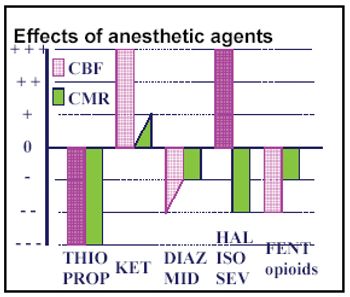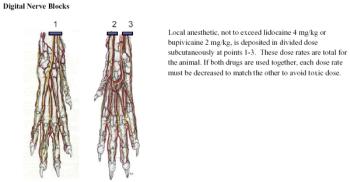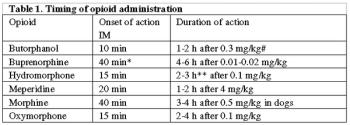Cynthia Trim, BVSc, MRCVS, DVA, DACV, DECVA
Articles by Cynthia Trim, BVSc, MRCVS, DVA, DACV, DECVA

The primary concerns for anesthesia for dogs with spinal neurologic disease are the need to prevent pulmonary aspiration of gastric fluid if food has not been withheld, to maintain a low intracranial pressure (ICP) and therefore a low spinal cord pressure, and the provision for pain management.

Goals of this presentation are to identify physiologic and pathologic abnormalities that require attention in order to provide safe anesthesia in dogs and cats that have, or will be undergoing, penetration of the thoracic cavity.

Administration of analgesic agents into the epidural site has been documented to provide analgesia during anesthesia for surgery in dogs.

Many of the anesthetic agents commonly used today, including thiopental, propofol, isoflurane, and sevoflurane, have little intrinsic analgesic activity.

Effective management of an anesthetic complication is dependent on early recognition of an abnormality and rapid implementation of a treatment plan.

Patients that have physiologic or pathologic abnormalities are more likely to develop complications during or after anesthesia and surgery.

Monitoring the patient adequately is the basis of safe clinical anesthesia.













